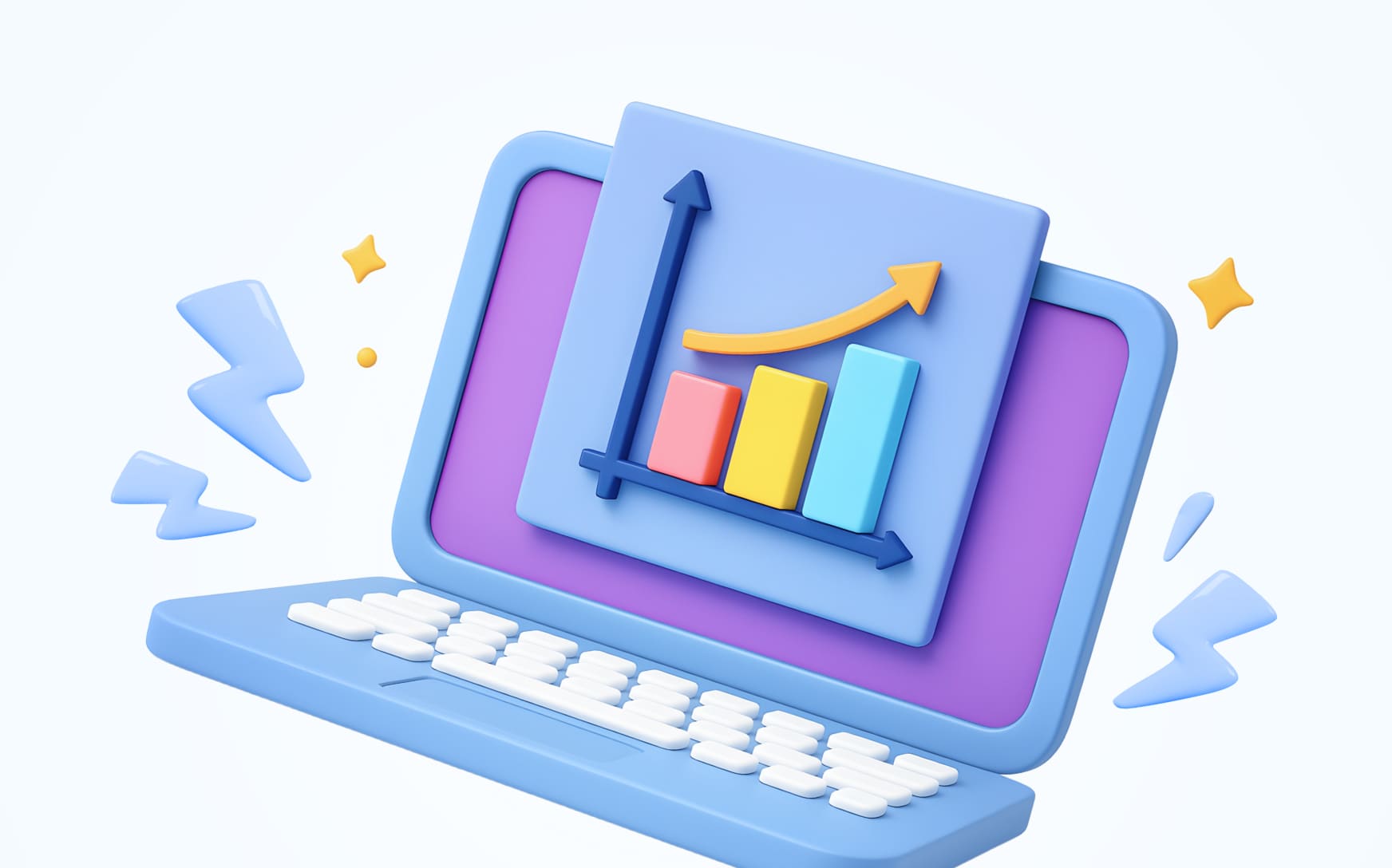Affiliate marketers know that tracking doesn’t end with the first conversion. Whether it’s a deposit, a product sale or a confirmed lead — the real value often comes from the second step of the funnel. And now, ROIads ad network supports that.
In this article, we’ll walk you through a big update: the launch of a second postback URL in ROIads — built specifically for transmitting secondary conversions, like deposits or purchases.
If you want to take your campaign optimization beyond just leads — this guide is for you.
What Is a Postback URL? Definition + Use Cases
A postback URL — also known as S2S (server-to-server) postback — is a method used in affiliate marketing to track conversions with high accuracy by sending data directly between servers. It eliminates dependency on cookies, browser redirects or JavaScript, making it a preferred tracking method for performance marketers.

How a Postback URL Works
Here’s a simplified flow:
- User clicks on your ad → a unique click_id is generated and stored.
- User converts (e.g. registers, deposits, makes a purchase).
- The tracker or affiliate program sends a GET request to your ad network’s postback URL, including the click_id and other parameters.
- The ad network receives the signal and attributes the conversion to the correct campaign, traffic source, creative, etc.
This GET request looks like a URL with query parameters:
https://us.roiapp.net/roiconv?action=conversion1&id=abc123xyz
This URL tells ROIads: “User with click ID abc123xyz just made a deposit (conversion1). Track it.”

Roya, Emotional Damage Officer & Supreme AI Arbitragist at ROIads
Postback vs Pixel Tracking
| Method | Description | Reliability | Browser-dependent |
| Postback (S2S) | Server-to-server signal with click ID | ✅ High | ❌ No |
| Pixel | Client-side script or image pixel | ⚠️ Lower | ✅ Yes |
S2S postbacks are essential for:
- Push, pop traffic
- Offers with multiple conversion steps
- Long conversion funnels (e.g. gambling, finance, e-commerce)
Common Use Cases for Postbacks
- First conversion (registration, email submit)
- Second conversion (deposit, sale, qualified lead)
- Multi-step CPA flows
- ROAS-based optimization
In short, postbacks give you the most accurate, scalable and cookie-free way to track affiliate conversions.
New: ROIads Postback URL for Deposit Tracking
To give affiliates more control over conversion tracking, ROIads has launched a second S2S postback URL — for tracking secondary events like deposits, product sales or qualified leads.
This new format complements the standard lead postback and allows full-funnel tracking for affiliate campaigns.
ROIads Postback URL Format for Secondary Conversion
Here’s the new postback URL:
https://us.roiapp.net/roiconv?action=conversion1&id={click_id}
Let’s break it down:
- https://us.roiapp.net/roiconv — the endpoint that receives the event
- action=conversion1 — tells the system it’s a second conversion (not the initial lead)
- id={click_id} — unique identifier of the click, passed by ROIads when the user first interacted with your ad
Use Macros to Enrich Your Postback Data
In addition to the required click_id, you can also use a wide range of ROIads macros (tokens) to enrich your postback with more context. These can be useful for analytics, source segmentation, and advanced optimization strategies.
Some useful tokens include:
- {publisher_id} – ID of the traffic source/publisher
- {campaign_id} / {campaign_name} – helps attribute conversion to a specific campaign
- {creative_id} – allows you to evaluate which creatives drive actual deposits or sales
- {bid_price} – shows how much you paid for the click
- {country}, {region}, {city} – geo breakdown
- {os}, {os_ver} – device segmentation (especially useful for push traffic)
Example usage: you can store these tokens in your tracker and later correlate them with conversion rates and deposit values.
You can find the full list of supported tokens inside your ROIads account in the Tracking tab.
Need Help? Use Our Guides for Postback Tracking and Affiliate Conversion Setup
If you’re not sure how to properly configure your postbacks or set up affiliate conversion tracking, we’ve got you covered.
At ROIads ad network, we maintain a full collection of step-by-step integration guides for the most popular trackers and affiliate platforms. These tutorials walk you through the full process of setting up postback tracking, including:
- How to add ROIads as a traffic source
- Where to insert the postback URL
- How to pass and capture {click_id} correctly
Whether you’re tracking leads, deposits or purchases — a correct postback integration is key to accurate reporting and scaling.
Trackers Covered in Our Integration Guides
Each guide is tailored to a specific tracker and includes screenshots, token mapping, and troubleshooting tips.
Bookmark this page and always refer to it when launching campaigns with postbacks and affiliate conversion tracking on ROIads.
Why Deposit Postbacks Matter in Affiliate Conversion Tracking
In affiliate marketing, it’s not enough to track just the first action like a signup or lead. The real performance of your traffic comes from secondary events — such as deposits, purchases or qualified conversions. That’s where deposit postback tracking becomes critical.
Why You Should Track Deposits via Postback
Here’s why using a second postback (e.g. conversion1) for deposits or sales makes a huge difference:
- Full-Funnel Visibility
You see which campaigns, creatives or sources don’t just generate leads — but generate paying users. - ROI-Based Optimization
By tracking actual revenue-generating events (via sum), you can focus budgets on sources that deliver value, not just volume. - Better Automation
Systems like ROIads can use deposit-level data to improve automated bidding, targeting and source optimization — if that data is passed back properly. - More Accurate Payout Attribution
Especially in CPA or RevShare models, postbacks ensure you’re attributing revenue to the right traffic.
Example Use Cases
- A user signs up for a betting site → you track the lead (first postback)
- That same user makes a deposit 2 hours later → you send the second postback (conversion1) with sum=100
- Now ROIads knows the full path and you can optimize based on true value
Works Across All Verticals
Deposit postbacks are essential for:
- 🎰 Gambling/Betting – FTDs matter more than signups
- 🛒 E-commerce – Track completed purchases, not just adds to cart
- 💸 Finance/Leadgen – Use conversion1 to track approvals, funded accounts
- 🧴 Nutra – Count only paid orders, not just trials
Without a second postback you’re optimizing in the dark. With it, you gain real-time visibility into what makes money.
Conclusion: Better Optimization Starts with Accurate Postback Tracking
With the second postback URL in ROIads you now have everything you need to track full-funnel performance — from click to lead to deposit.
By passing secondary conversions like deposits, sales or qualified leads via the new conversion1 postback you:
- Eliminate blind spots in campaign reporting
- Optimize by revenue, not just sign-ups
- Enable more precise bidding, targeting and source management
- Build a data-driven strategy around what actually drives profit
If you’re running verticals like gambling, e-commerce or finance — this feature is not optional. It’s the foundation for scalable affiliate performance.










